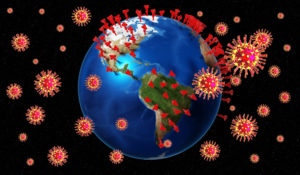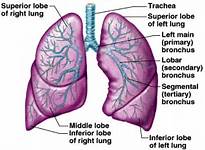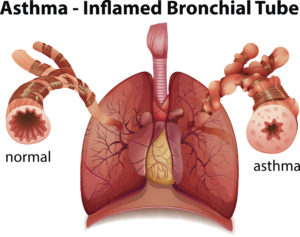
Global coronavirus epidemic outbreak concept – 3D illustration
Coronavirus Cases:
5,532,110
Deaths:
347,243
Recovered:
2,319,216
Now Let Us Look At 1918-1919 H1N1 Swyne Flu statistics
CDC states: “The 1918 influenza pandemic was the most severe pandemic in recent history. It was caused by an H1N1 virus with genes of avian origin. Although there is not universal consensus regarding where the virus originated, it spread worldwide during 1918-1919. In the United States, it was first identified in military personnel in spring 1918. It is estimated that about 500 million people or one-third of the world’s population became infected with this virus. The number of deaths was estimated to be at least 50 million worldwide with about 675,000 occurring in the United States.”
So H1N1 affected 500 million people 1/3 of the world at that time.
H1N1 by 1918 killed 50 million deaths.
Covid-19 is not even close in numbers. No comparison and there was a lock down 6 weeks in the US for H1N1 1918 to 1919.
The 100-year anniversary of the 1918 pandemic and the 10-year anniversary of the 2009 H1N1 pandemic are milestones that provide an opportunity to reflect on the groundbreaking work that led to the discovery, sequencing and reconstruction of the 1918 pandemic flu virus. This collaborative effort advanced understanding of the deadliest flu pandemic in modern history and has helped the global public health community prepare for contemporary pandemics, such as 2009 H1N1, as well as future pandemic threats. ”
By the numbers of both pandemics this is shown to be true (Covid -19 compared to our deadliest pandemic 1918-1919 Swine Flu=The Spanish Flu doesn’t even come close in numbers of how many affected and killed).
Covid over 500,000 affected and H1N1 over 5,000,000. See the difference and we will get through this.
H1N1 in 2009-2010:
“From April 12, 2009 to April 10, 2010, CDC estimated there were 60.8 million cases (range: 43.3-89.3 million), 274,304 hospitalizations (range: 195,086-402,719), and 12,469 deaths (range: 8868-18,306) in the United States due to the (H1N1)pdm09 virus.”.
Ending line, history does repeat itself and there have been pandemics worse, similar, or less but significant in count to be called a pandemic.
We needed to lock down but now we are ready to reopen. God willing it stays that way and by history pandemics the research on Covid-19 will get better in treating and being prepared for this. Also, our economy will get better in time.





